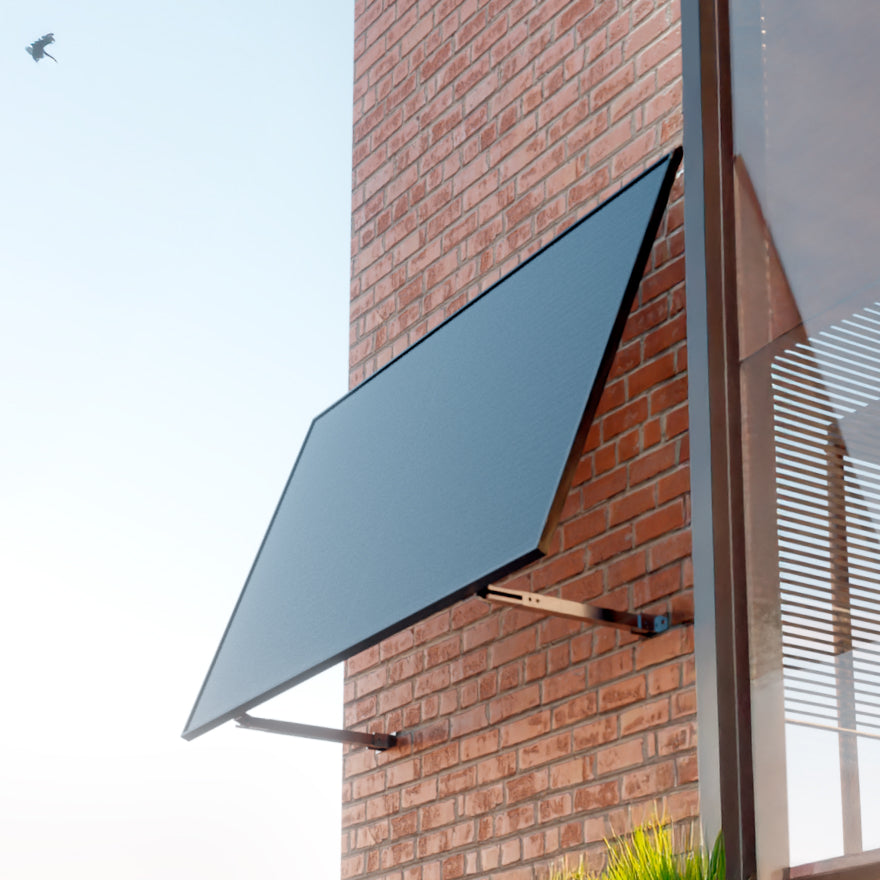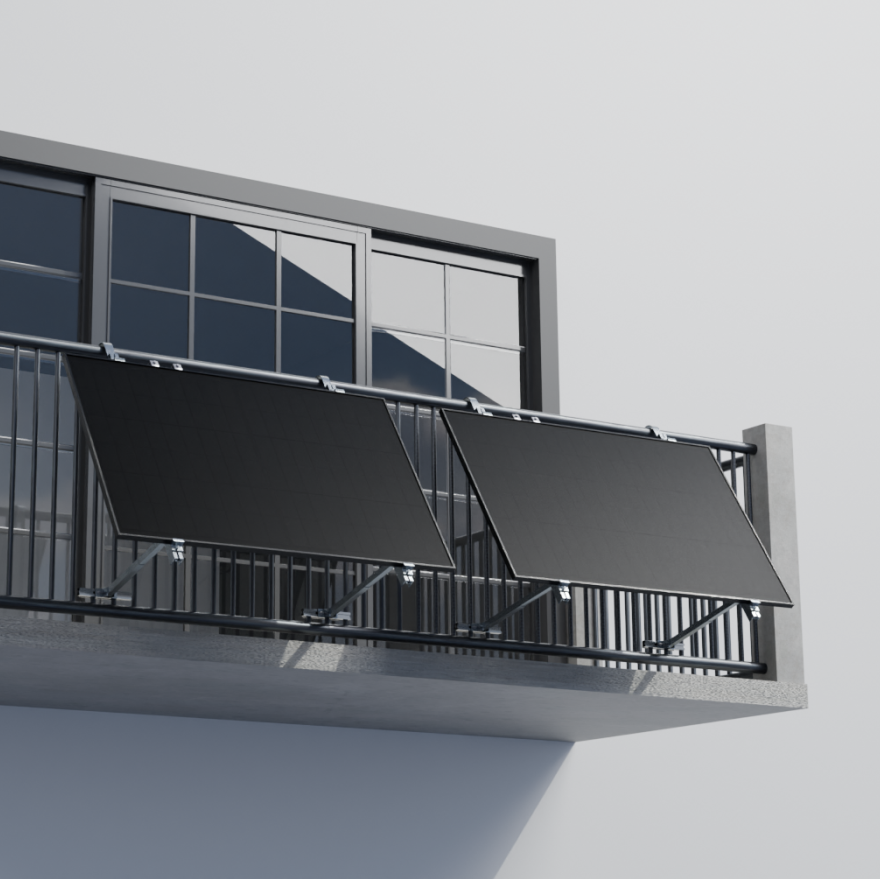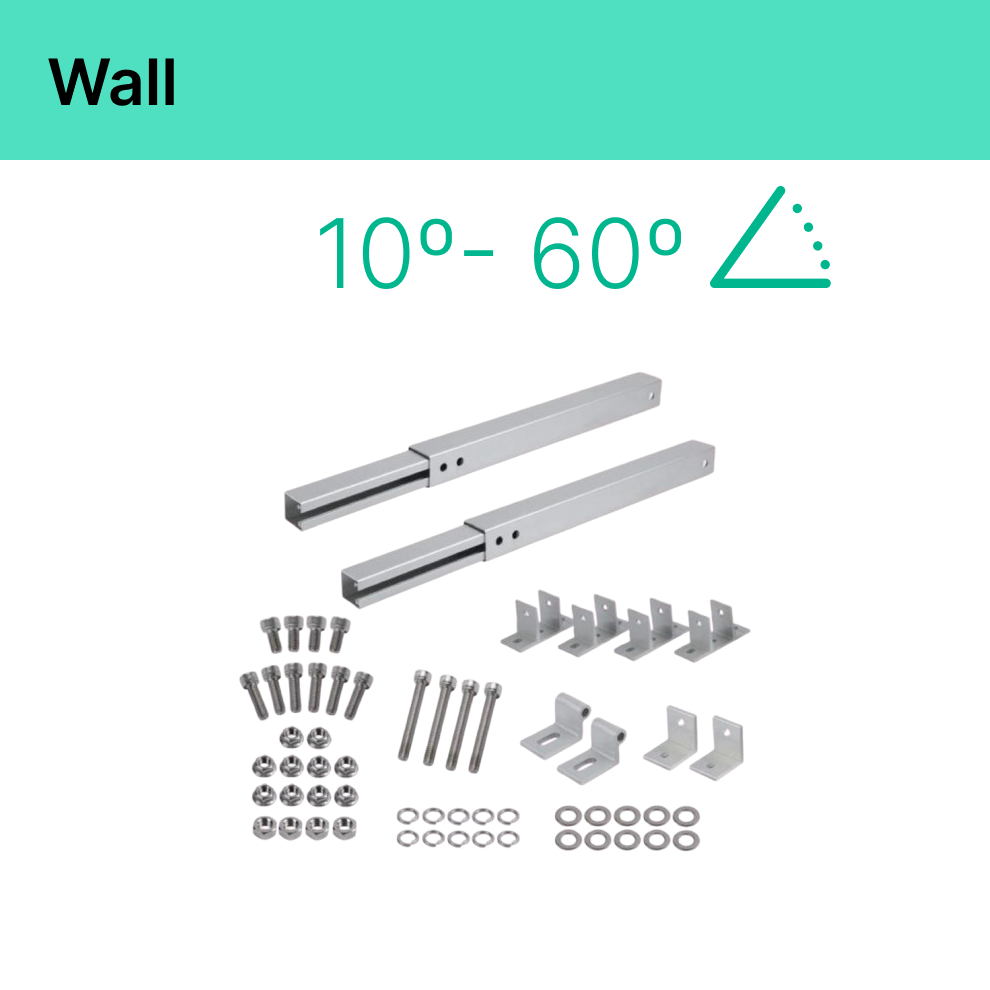
How to reduce your power bill by up to 80%
Based on customers’ experiences with plug & play solar kits, we see that ever more households chose to install one to reduce their power bills. Of course a family of 6 living in a single family house has different electricity consumption than a couple living in a flat. Here we explain who can lower their power bills the most, and how to do it.
Understanding household electricity consumption patterns
As recently discussed in an online forum, the key to understanding how a plug & play solar kit can impact your power bill is to first understand your household’s electricity consumption patterns and levels. Depending on how many people live in a home, if they’re at home during the day or not, and how many high-consumption devices (like water boilers, air conditioners, water or pool pumps) are connected can influence the outcome of your analysis a lot.
The best solution is to get access to your digital meter, and check your electricity consumption by hours throughout the day, comparing as many days as you can. What you want to look out for is the lowest constant level of production. In the graph below you can see such a graph for a 2 person household in central Spain, where the daily base load is about 180 Wh. The dark green bars are the kW consumed in each hour.

Step-by-step increase of savings
In this case, a plug & play solar kit of just one panel is more than enough to eliminate the consumption of this household during the sunshine hours. In the next graph you can see the effect of this. It shows the consumption of the same household on a comparable day, but with a kit of one panel installed. During the day there is no electricity consumption, since all the base load of the household is eliminated by the kit’s production. The effect on the power bill is a reduction of about 30%.

What this graph doesn’t show, is that during the day the kit produces a lot more than the 180 Wh, and the surplus power is fed for free into the grid. As a result this household has registered the kit with the power company and activated net metering. This means that the surplus energy is now also measured, and accounted against consumption. The graph below shows how much this surplus amounts to (light green lines). If this amount now gets deducted from the consumption (dark green bars) in other times of the day, the invoice is further reduced, by about 45%.

The next step is to extend the kit, and add a second panel to the installation. This second panel’s sole purpose is to produce surplus energy, and increase the net metering effect. With this, this sample household can reduce the power bill by about 80%.
The ultimate optimization in this case is to now move peak consumption into the times of the day where solar energy is produced at its peak, wherever this is feasible. Washing machines and dishwashers are good options for this. The purpose is to have less peak consumption moments, and flatten out the daily consumption graph. This allows the family to reduce the contracted power, that is a fixed cost block in the power bill. This way savings can be even higher than 80%.

















Leave a comment
This site is protected by hCaptcha and the hCaptcha Privacy Policy and Terms of Service apply.